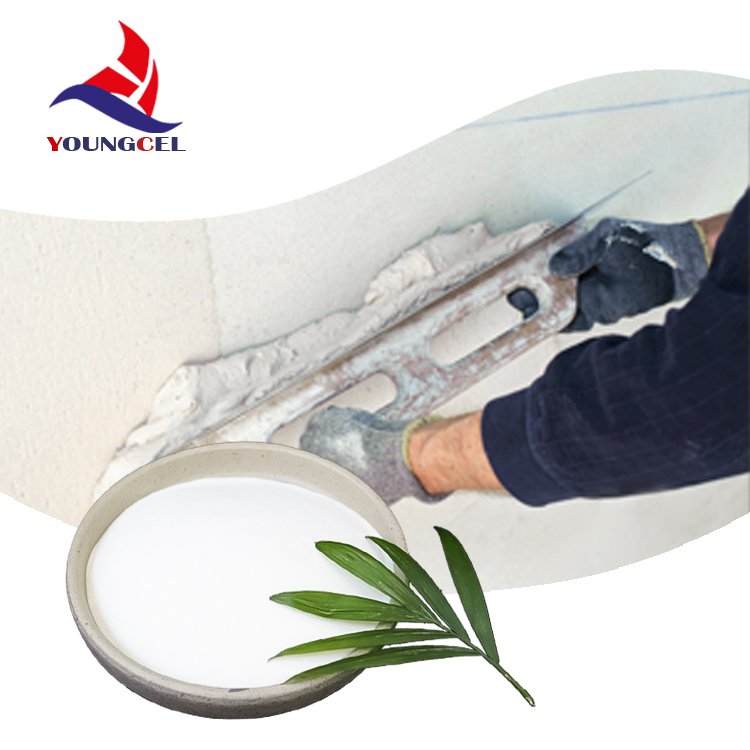Understanding HPMC Grade A Comprehensive Overview
Hydroxypropyl Methylcellulose (HPMC) is a widely utilized polymer in various industries due to its versatile properties. The grade of HPMC plays a crucial role in determining its applications, performance, and effectiveness in different formulations. This article aims to provide an in-depth understanding of HPMC grades, their characteristics, and where they are commonly employed.
What is HPMC?
HPMC is a semi-synthetic polymer derived from cellulose, which is a natural polymer found in plant cell walls. By introducing hydroxypropyl and methyl groups to cellulose, HPMC exhibits modified properties that enhance its solubility, viscosity, and film-forming abilities, making it an ideal candidate for numerous applications. Due to its non-toxic nature and biocompatibility, it has found its niche in pharmaceuticals, food, and construction industries.
Classification of HPMC Grades
The grade of HPMC is primarily determined by the degree of substitution (the ratio of methyl and hydroxypropyl groups) and the viscosity of the solution at a specific concentration (typically 2% w/v). These parameters categorize HPMC into various grades, each tailored for specific applications.
1. Low Viscosity Grades These HPMC grades are commonly used as thickening agents and stabilizers. They provide low resistance to flow and are suitable for applications like paint and coatings, where a simple texture impacts the application process.
2. Medium Viscosity Grades This range is often used in pharmaceuticals, particularly in controlled-release drug formulations. The medium viscosity allows for better suspension and viscosity management, ensuring that active ingredients distribute evenly throughout the formulation.
hpmc grade

3. High Viscosity Grades High viscosity HPMC grades are essential for applications that require significant thickening and binding properties. These are often utilized in the production of adhesives, sealants, and mortar in construction. Their ability to hold water significantly improves workability and enhances the durability of the final product.
Applications of HPMC Grades
1. Pharmaceuticals HPMC is utilized in the production of tablets and capsules, acting as a binder and controlling the release of drugs. Its biocompatibility makes it an essential component in various formulations, ensuring that medications are effective and safe for consumption.
2. Food Industry In food applications, HPMC serves as a thickener, emulsifier, and stabilizer. It is commonly found in various food products, providing texture and improving shelf life without altering the taste or nutritional value.
3. Construction In the construction industry, HPMC enhances the properties of mortar and adhesives. The ability to retain water while improving the workability of the mixtures is invaluable, as it ensures better adhesion and longer-lasting construction materials.
Conclusion
The versatility of HPMC, driven by its various grades, allows it to cater to a broad spectrum of applications across different industries. Understanding the characteristics of each grade is essential for formulators and manufacturers looking to optimize performance in their specific fields. Whether in pharmaceuticals, food production, or construction, the right HPMC grade can significantly enhance the quality and efficacy of products, making it an indispensable ingredient in modern formulations.




